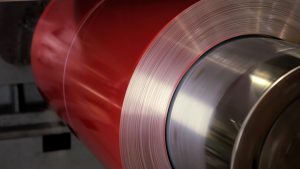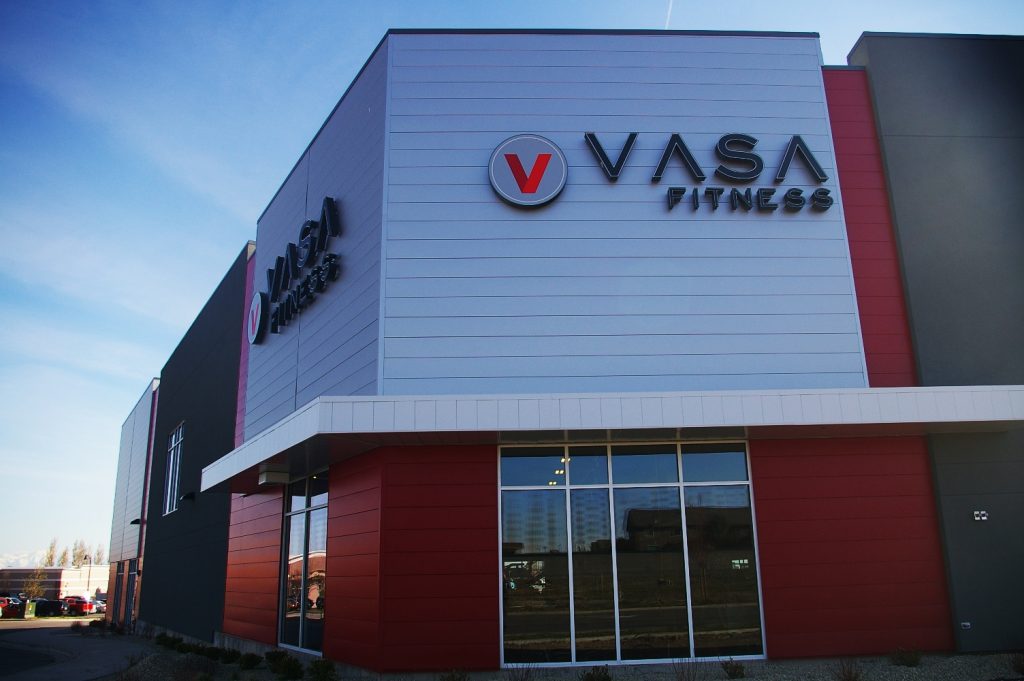Looking Ahead: 2022 Trends at a Glance


Design and color trends in metal roofing products are not exactly black and white. In fact, a whole host of options are available when choosing textures and colors for new metal construction projects, depending on specific criteria. Some are practical, some are aesthetic—but all are shaping how designers are specifying metal products, coatings and paints. Let’s walk through a few of the top trends in the industry now.

It used to be that coil options were limited to standard stock choices and availability was determined by the coil coaters. Now, with evolving industry strategies, such as NCI’s vertical integration, many more manufacturers are properly positioned to enter into the market with multiple color choices across multiple brands without as much deviation. This also allows manufacturers to quickly adapt to requests for custom colors—both internally or externally.
Moreover, color requests based on aesthetics and paint systems have evolved based on changing code requirements. For additional benefits, specifiers can turn to many rating systems, such as the Cool Roof Rating Council and ENERGY STAR®, as well as earn LEED points by having specific SRI (Solar Reflectance Index) values.
Much has changed over the past 10 to 15 years. For instance, the components industry has evolved from customers merely selecting colors based on preference to a more integrated approach accounting for aesthetics, cost and energy efficiency. Today, owners and architects are more likely to consider a color such as Solar White to save on insurance or receive tax rebates. Environmental considerations and regulations have changed the way customers purchase steel, incorporating such issues as unique regulations for different states and weather conditions, LEED points and reflectivity into the atmosphere.
Another design trend in the industry is a move towards insulated panels, mimicking what is typical in the aluminum composite material (ACM) world. High-end car dealerships are known for design with ACM. This includes blocked-off designs that can be elongated, can be different colors or have joints in different places. This application has been ACM’s primary wheelhouse for decades. Now that ACM manufacturers have entered into the insulated metal panel (IMP) industry, more of the design community is considering a thinner, horizontal IMP. The intention is to replicate the appearance of an ACM panel, while reaping the major cost and insulating benefits of IMPs.
Architecturally, more metallic paints are being used. Historically, metal panels were white, tan or Galvalume. The current trend has expanded to a wider color palette, including mica fluoropolymer. These metallic coatings give depth to the color, adding sheen and sparkle. In fact, there are actually metal flecks in the paint. Metal oxide-coated mica pigments offer up the metallic look and add to the durability.

What’s behind this trend? Designers are thinking about metal roofs in a whole new way. They are looking to leverage colors and properties of paint to bring out a unique architectural appearance not previously available.
Trends in metal construction are as broad as the choices of color and coatings. Whether a reaction to energy savings criteria or simply a desire of an educated consumer to bring new life to their project, it’s worth taking the time to investigate all your options when specifying your next metal project.